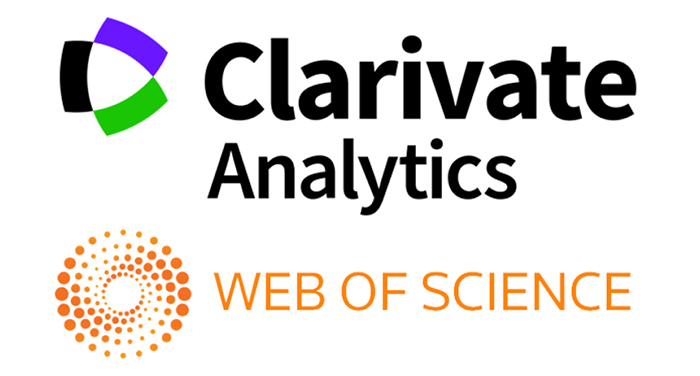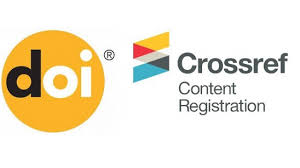LANGUAGE LEARNING PROFILES, IDENTITY, MOTIVATION, INSTRUCTIONAL METHODS AND APPROACHES, INVESTMENT AND TEACHING PHILOSOPHY STATEMENT
Abstract
This passage offers a detailed analysis of two students' English language learning journeys, Tugrul and Bobur. It highlights their distinct
backgrounds, motivations, and learning styles, as well as the challenges they face in developing specific language skills. A key focus of
the passage is the role of instructional methods and approaches in shaping student learning. The work discusses the limitations of the
traditional Grammar Translation Method (GTM) and advocates for more student-centered approaches like Communicative Language
Teaching (CLT) and Cooperative Learning (CL). These approaches are seen as more effective in fostering language proficiency, critical
thinking, and cultural understanding. The passage also delves into the teacher's philosophy, emphasizing the importance of fostering
student identity, critical thinking, and real-life language application. By exploring these factors, the author provides valuable insights into
the complexities of second language acquisition and the role of effective instruction in supporting student success
References
2. Dörnyei, Z. (1998). Motivation in second and foreign language learning. Language teaching, 31(3), 117-135.
3. Karim, K. (2018). Cooperative language learning. The TESOL Encyclopedia of English Language Teaching, 1-5.
4. Norton, B., & Toohey, K. (2011). Identity, language learning, and social change. Language teaching, 44(4), 412-446.
5. Waller, L., Wethers, K., & De Costa, P. I. (2017). A critical praxis: Narrowing the gap between identity, theory, and practice. TESOL Journal, 8(1), 4-27.
Copyright (c) 2025 News of the NUUz

This work is licensed under a Creative Commons Attribution-NonCommercial-ShareAlike 4.0 International License.


.jpg)

1.png)







